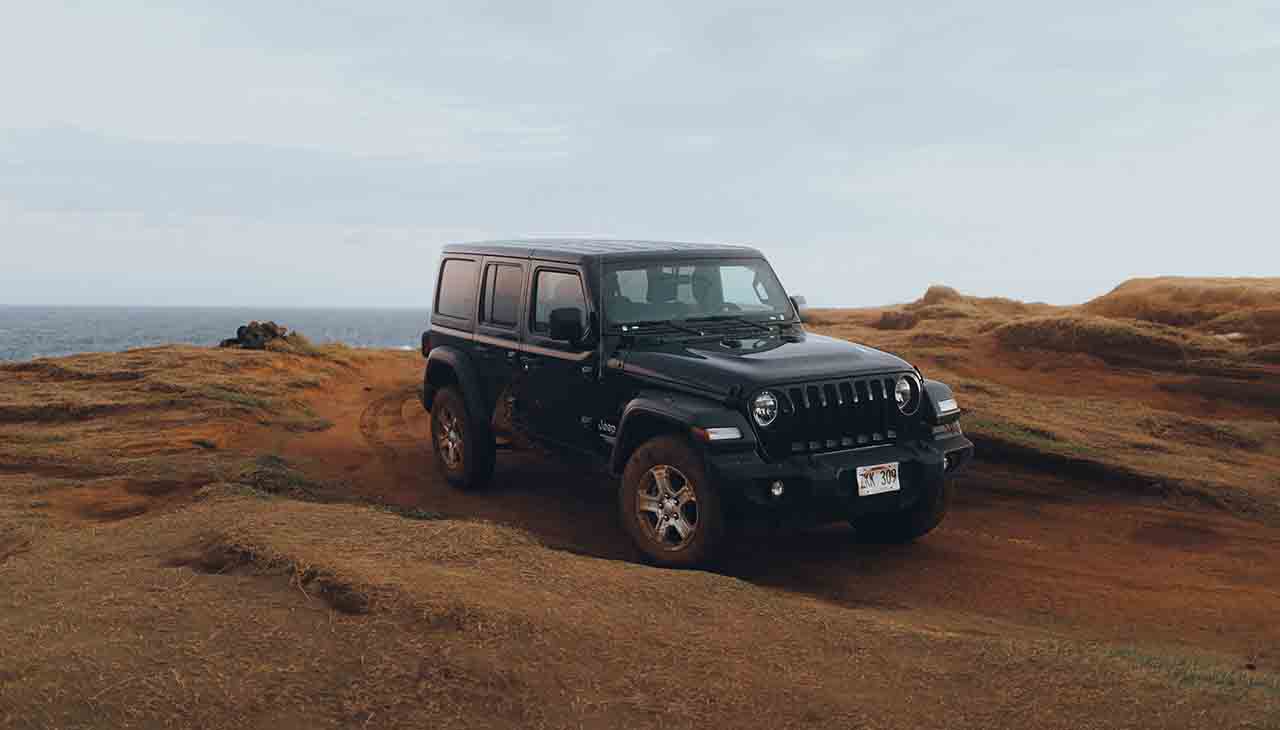Military jeeps have become an iconic symbol of the American military. The first jeep was developed by the U.S. Army in 1940 and it quickly became popular with both soldiers and civilians alike. Jeeps have been used in all branches of the Armed Forces for a wide variety of uses, ranging from reconnaissance to transportation to combat support roles. They are also used in a variety of non-military roles such as search and rescue, medical evacuation, disaster relief, and more.
Role of Military Jeeps in Conflict
Military jeeps have played a crucial role in conflicts throughout history. They have been utilized in various capacities to support military operations. Here are some key roles of military jeeps in conflict scenarios:
- Transportation of personnel and supplies: Military jeeps have served as reliable transport vehicles, carrying soldiers, commanders, and essential supplies to the frontlines. They have been used to swiftly move troops across rugged terrains, allowing for quick deployment and strategic positioning.
- Reconnaissance and surveillance: Jeeps have been employed for reconnaissance missions, providing a mobile platform for gathering intelligence and assessing enemy positions. Equipped with advanced communication systems, jeeps enable real-time information sharing and coordination between units.
- Firepower support: Military jeeps have been modified to mount various types of weapons, including machine guns and anti-tank weapons. This allows them to provide direct firepower support to ground troops during combat operations.
- Medical evacuation: Jeeps have been utilized for medical evacuation purposes, facilitating the rapid and safe transport of wounded soldiers from the battlefield to field hospitals. Their maneuverability and off-road capabilities make them effective in accessing remote or difficult-to-reach areas.
Advantages of Military Jeeps
Military jeeps offer several advantages that make them valuable assets in conflict situations:
- Versatility and maneuverability: Jeeps are highly versatile vehicles that can adapt to different terrains, including rugged landscapes and off-road conditions. Their compact size and maneuverability enable them to navigate through narrow paths and congested areas, enhancing operational flexibility.
- Off-road capabilities: Jeeps are designed with robust suspension systems and four-wheel drive, enabling them to traverse challenging terrains such as muddy trails, rocky terrain, and steep slopes. This capability is crucial in conflict scenarios where conventional vehicles may struggle to operate.
- Ease of maintenance and repair: Jeeps are known for their simplicity and ease of maintenance. Their mechanical components are relatively uncomplicated, making repairs and replacements more accessible even in field conditions. This allows for quick turnaround times and ensures operational readiness.
Examples of Military Jeeps in Conflict
Throughout history, several military jeeps have played significant roles in various conflicts:
- World War II: The Willys MB and Ford GPW, commonly known as the “Jeep,” were extensively used by the Allied forces during World War II. These jeeps served in a wide range of roles, including transportation, reconnaissance, and utility vehicles.
- Vietnam War: The M151 MUTT (Military Utility Tactical Truck) was the primary jeep used by the U.S. military during the Vietnam War. It proved valuable in jungle warfare, providing mobility and support to ground troops in challenging environments.
- Recent conflicts: In more recent conflicts, vehicles like the Humvee (High Mobility Multipurpose Wheeled Vehicle) and Mine-Resistant Ambush Protected (MRAP) vehicles have been used as military jeeps. These vehicles offer improved protection against improvised explosive devices (IEDs) and other threats encountered in modern warfare.
Challenges and Limitations
Despite their effectiveness, military jeeps also have certain challenges and limitations:
- Vulnerability to enemy fire: Jeeps are relatively lightly armored compared to other military vehicles, making them vulnerable to enemy gunfire and explosive devices. This places occupants at higher risk during combat operations.
- Limited payload capacity: Military jeeps have limited space and payload capacity compared to larger military vehicles. This restricts the amount of personnel and equipment that can be transported, impacting logistical capabilities.
- Technological advancements and evolving threats: As warfare and technology continue to evolve, the role of military jeeps may face challenges in keeping up with emerging threats. Newer technologies and advanced weaponry may require adaptations and upgrades to ensure their continued effectiveness.
Conclusion
In conclusion, military jeeps have proven to be indispensable assets in conflict scenarios. Their versatile nature, maneuverability, and off-road capabilities make them vital for transportation, reconnaissance, firepower support, and medical evacuation. From World War II to recent conflicts, military jeeps such as the Willys MB, M151 MUTT, Humvee, and MRAPs have played significant roles on the battlefield.
However, it is important to acknowledge the challenges and limitations faced by military jeeps. Their vulnerability to enemy fire, limited payload capacity, and the need to adapt to evolving threats pose ongoing challenges. As technology continues to advance, it will be crucial to ensure that military jeeps are equipped with the necessary upgrades and adaptations to remain effective in modern warfare.
